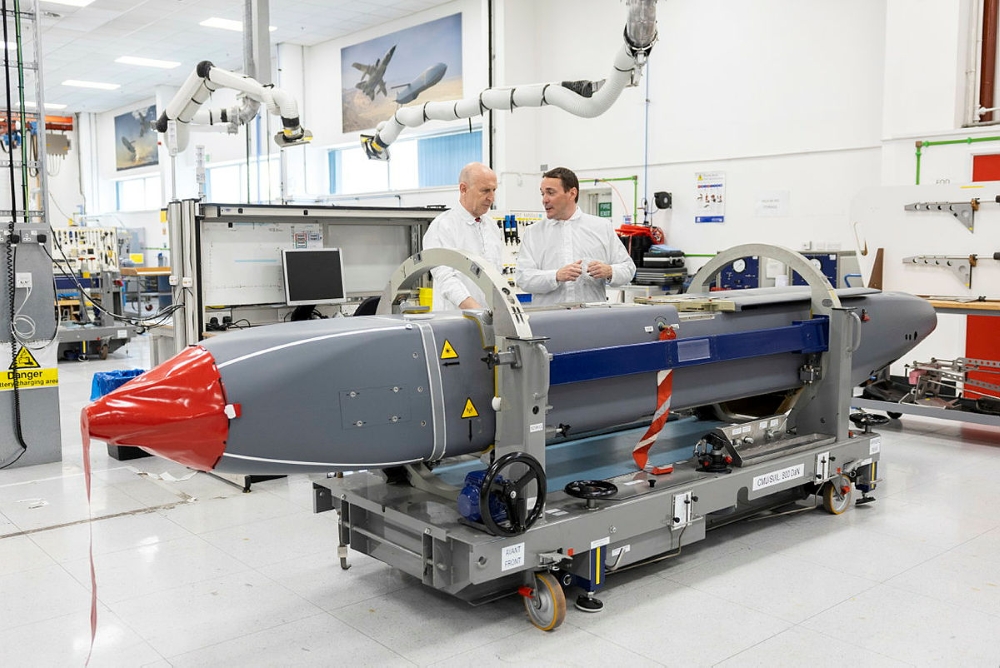
The UK released an ambitious new Stategic Defense Review, refocusing its armed forces toward “warfighting readiness” based on a drone-centric 20-40-40 strategy. The latter sees 20 % of capability devoted to heavy weapon systems (like MBTs), 40 % reserved for “single use” munitions (LMs or Arty shells) and the other 40 % assigned to larger tactical and strike capable drones.
In summary, the SDR “recommends” to acquire “up to” a 12 new nuclear-powered attack submarines (SSN) under the trilateral AUKUS program, new investments in AI, long range weapons, cyber capabilities and a major warfighting concept inspired by lessons learned from the Ukraine war. All in a clear direction to address a credible threat, such as Russia.
Assessed potentially as the “most radical” of its kind for a “generation,” the new SDR also highlights the need to “engage with commercial partners — including private finance — and other Governments to rapidly deliver an integrated frigate force for anti-submarine warfare.” The SDR clearly defines the Royal Navy to develop hybrid carrier air wings “whereby crewed combat aircraft (F-35B) are complemented by autonomous collaborative platforms in the air, and expendable, single-use drones.” In addition, to safeguard the underwater domain, the SDR incorporates a new underwater surveillance initiative called ATLANTIC BASTION. This programme aims to prevent potential sabotage of subsea internet cables.
Another line of effort of the strategy is to spend £1.5 billion ($2 billion) on 7,000 long-range weapons and “at least” 6 new munitions and energetics factories. The latter’s aim is to have a continuous munition manufacturing and increase weapons stockpiles.
According to its MoD, UK will also develop a pioneering ‘Digital Targeting Web’ capability which will provide “greater integration across domains, new AI and software, and better communication” between the services with the Cyber and Electronic Command leading “defensive cyber operations and coordinate offensive cyber capabilities with the National Cyber Force.”
While the SDR confirms the goal of reaching 2.5% of GDP by 2027, it only expresses an ambition—without a fixed timeline—to eventually reach 3%, subject to economic and fiscal conditions. It also makes no reference to NATO's recent push for allies to work toward spending up to 5% of GDP.








.png)
.gif)